No products in the cart.
Sale
Vapreotide diacetate | CAS 936560-75-7 | Potent NK1 Receptor Antagonist for Neuroendocrine Research
Original price was: $26.00.$23.00Current price is: $23.00.
Vapreotide diacetate (CAS 936560-75-7) is a neurokinin-1 (NK1) receptor antagonist with an IC₅₀ of 330 nM. It is used as a research peptide to study neuroendocrine signaling, receptor regulation, and gastrointestinal hormone modulation.
Description
Product Description
Vapreotide diacetate is a synthetic octapeptide analog of somatostatin with potent inhibitory activity against neurokinin-1 (NK1) receptors. It has emerged as a valuable pharmacological tool in both neuroendocrine and oncology research due to its unique mechanism of modulating hormone secretion, neuronal signaling, and tumor cell proliferation. Vapreotide diacetate demonstrates stable peptide structure, high receptor affinity, and a well-characterized safety profile in preclinical settings.
The compound’s structure, modeled after somatostatin, allows Vapreotide diacetate to interact with NK1 receptors and certain somatostatin receptor subtypes, thereby influencing multiple signaling cascades involved in hormone regulation, neurotransmission, and cellular growth. Researchers value Vapreotide diacetate for its ability to inhibit substance P-mediated pathways, a critical component of neurogenic inflammation and pain signaling.
In experimental oncology, Vapreotide diacetate has been used to investigate tumor suppression mechanisms, particularly in cancers of neuroendocrine origin. Studies indicate that it can suppress hormone secretion from carcinoid and pituitary tumors, reduce tumor vascularization, and inhibit cell migration. Its NK1 antagonistic function additionally reduces pro-inflammatory cytokine release and limits the activation of tumor-supportive stromal cells, offering an integrated model for cancer microenvironment studies.
Vapreotide diacetate also demonstrates potent anti-inflammatory properties by reducing inflammatory mediator release in models of chronic inflammation. In vitro and in vivo experiments suggest that it interferes with substance P binding to NK1 receptors on immune and endothelial cells, which helps mitigate vascular leakage, immune cell infiltration, and tissue damage. This mechanism has made Vapreotide diacetate a popular compound for examining the crosstalk between neuropeptide signaling and immune modulation.
Pharmacologically, Vapreotide diacetate’s cyclic peptide configuration contributes to its remarkable metabolic stability and receptor selectivity. Compared to endogenous somatostatin, Vapreotide diacetate displays a longer half-life, allowing for extended biological activity in tissue and cell-based assays. Its structural modifications confer resistance to enzymatic degradation, which is advantageous in long-term studies of receptor kinetics, desensitization, and peptide-drug interactions.
In neurological research, Vapreotide diacetate has been used to explore the regulation of neurotransmitter release and neuronal excitability. By inhibiting NK1 receptor-mediated signaling, it provides insights into mechanisms underlying pain perception, anxiety, and neuroinflammation. Furthermore, it offers potential applications in studying substance P-induced neurogenic inflammation and neurodegeneration pathways, making it a versatile tool for neuropharmacology research.
From a methodological perspective, Vapreotide diacetate serves as a reference antagonist in assays evaluating NK1 receptor modulators and as a biochemical standard in ligand-binding experiments. It also functions as a control compound for validating peptide-receptor binding kinetics in radioligand displacement studies.
Overall, Vapreotide diacetate stands as a robust and multifunctional peptide for studying neurokinin receptor systems, neuroendocrine interactions, and peptide-based therapeutic mechanisms. Its well-defined pharmacodynamics, coupled with high analytical purity (≥99%), make it an ideal reagent for molecular, cellular, and physiological research.
Product Specifications
| Property | Description |
|---|---|
| Product Name | Vapreotide diacetate |
| CAS Number | 936560-75-7 |
| Synonyms | RC-160; SOM230 analog; Vapreotide acetate; Octapeptide somatostatin analog |
| Molecular Formula | C₅₇H₇₁N₁₁O₉ · 2CH₃COOH |
| Molecular Weight | 1219.4 g/mol |
| Purity | ≥99% |
| Form | Lyophilized peptide powder |
| Storage | −20 °C, protected from light and moisture |
| Solubility | Soluble in water, PBS, or DMSO |
| Stability | Stable for ≥12 months under recommended conditions |
| Category | Neurokinin-1 receptor antagonist; Somatostatin analog |
| Applications | Cancer biology, neuroendocrine tumor research, inflammation studies |
| Research Area | Oncology, Neuropharmacology, Endocrinology, Immunology |
| Intended Use | For laboratory research use only |
Mechanism of Action
Vapreotide diacetate functions as a potent antagonist of the neurokinin-1 (NK1) receptor, which is primarily activated by the neuropeptide substance P. This receptor is widely expressed in neuronal, immune, and epithelial cells, and is a key mediator of pain transmission, inflammation, and cell proliferation. By competitively binding to NK1 receptors, Vapreotide diacetate prevents substance P from initiating its downstream signaling cascade.
Substance P, when bound to NK1 receptors, activates phospholipase C and triggers intracellular calcium mobilization, leading to activation of MAPK and NF-κB pathways. These signaling events promote pro-inflammatory cytokine release, smooth muscle contraction, and nociceptive sensitization. Vapreotide diacetate effectively inhibits these responses by occupying the receptor’s binding site, thereby suppressing excessive inflammatory and proliferative responses in cell culture and animal models.
Beyond NK1 antagonism, Vapreotide diacetate also interacts with certain somatostatin receptor subtypes (SSTR2 and SSTR5), mimicking some actions of natural somatostatin. Through these receptors, Vapreotide diacetate can suppress adenylate cyclase activity, inhibit cyclic AMP accumulation, and decrease secretion of growth hormone and other peptides from endocrine cells. This dual functionality contributes to its use in both neuroendocrine and tumor biology studies.
In oncology research, Vapreotide diacetate has been observed to inhibit tumor growth by blocking neuropeptide-mediated proliferative signals. Substance P–NK1 receptor signaling is known to enhance angiogenesis, cell migration, and metastatic potential in multiple cancer models. By inhibiting this pathway, Vapreotide diacetate can decrease vascular endothelial growth factor (VEGF) production, disrupt tumor neovascularization, and reduce invasive behavior of cancer cells.
In inflammatory disease models, Vapreotide diacetate modulates immune responses by preventing substance P-induced chemotaxis of leukocytes and downregulating inflammatory mediator expression. It decreases interleukin-6, tumor necrosis factor-α, and nitric oxide synthesis in macrophages and microglia, making it an ideal compound for examining neuroimmune interactions.
At the molecular level, Vapreotide diacetate’s cyclic peptide structure confers stability and receptor selectivity. The diacetate form enhances solubility and ensures consistent bioavailability in in vitro systems. Its high-affinity binding to NK1 receptors (IC₅₀ ≈ 330 nM) enables precise modulation of receptor activity without cross-reactivity to unrelated G protein–coupled receptors.
Vapreotide diacetate also influences calcium ion flux within smooth muscle and neuronal cells, indirectly affecting muscle contraction and neurotransmitter release. This has made it a relevant model compound for gastrointestinal and respiratory research, where NK1 signaling regulates motility, secretion, and reflex responses.

Side Effects
While Vapreotide diacetate is not approved for clinical use, experimental studies provide insights into its pharmacological safety and side effect profile. At research concentrations, Vapreotide diacetate is generally well-tolerated in cell culture and animal systems; however, its peptide nature and receptor interactions can produce specific physiological responses worth noting in experimental design.
At high doses, Vapreotide diacetate may transiently alter smooth muscle tone, reflecting its modulation of calcium-dependent signaling. Researchers should account for this when interpreting data from organ bath or motility assays.
In endocrine studies, prolonged exposure to Vapreotide diacetate may lead to reduced secretion of growth hormone, insulin, or gastrointestinal peptides due to its somatostatin-like effects. Such hormonal suppression is reversible upon compound removal.
Some studies report mild desensitization of NK1 receptors after long-term Vapreotide diacetate exposure, similar to receptor downregulation observed with other peptide ligands. This can be mitigated by using intermittent dosing protocols in long-term experiments.
In animal models, minor injection site irritation or transient cardiovascular changes (such as reduced heart rate or mild hypotension) have been noted, consistent with NK1 receptor modulation. Vapreotide diacetate does not exhibit cytotoxicity at typical experimental concentrations (≤ 10 µM), and no genotoxic or mutagenic activity has been observed.
Overall, Vapreotide diacetate is considered safe and stable for in vitro and in vivo applications when handled according to recommended laboratory standards.
Keywords
Vapreotide diacetate, NK1 receptor antagonist, somatostatin analog, substance P inhibitor, neuroendocrine tumor, inflammation research, neuropeptide signaling, oncology, peptide antagonist, receptor pharmacology
Shipping Guarantee
All shipments are handled using validated cold-chain logistics to preserve peptide integrity. Each package is sealed in moisture-proof containers with secondary protective wrapping and continuous temperature monitoring. Products are shipped via express international couriers with full tracking and insurance coverage.
Trade Assurance
We ensure product authenticity, verified ≥99% purity, and compliance with analytical standards (HPLC, MS, and NMR). Each batch is supplied with a Certificate of Analysis (CoA). Our trade assurance policy guarantees replacement or refund for any deviation from listed specifications.
Payment Support
We provide flexible and secure global payment options to support international research transactions. Accepted payment methods include PayPal, major credit cards (Visa, MasterCard, American Express), telegraphic transfer (T/T), and cryptocurrencies (USDT, Bitcoin, Ethereum). All transactions are protected by industry-standard encryption and verified payment gateways to ensure confidentiality and fund security.
Disclaimer
All products listed are intended for laboratory research use only and not for human or veterinary use. They are not drugs, medical devices, or diagnostics and should not be administered to humans or animals. Researchers must handle all materials in accordance with institutional biosafety and chemical safety guidelines. The information provided is for scientific reference only and does not imply therapeutic efficacy, safety, or regulatory approval.
Additional information
| Weight | 0.8 kg |
|---|---|
| Dimensions | 56 × 68 × 56 cm |
1. What is Vapreotide diacetate?
Vapreotide diacetate is a synthetic somatostatin analog and potent NK1 receptor antagonist used in research on neuroendocrine function, cancer, and inflammation.
2. What is the CAS number of Vapreotide diacetate?
The CAS number is 936560-75-7.
3. What type of compound is Vapreotide diacetate?
It is a cyclic octapeptide that mimics somatostatin activity and blocks NK1 receptors.
4. What are its main research applications?
Vapreotide diacetate is used in oncology, neuropharmacology, and inflammation research.
5. How should Vapreotide diacetate be stored?
Store the lyophilized powder at −20 °C, protected from moisture and light.
6. What is its purity level?
Each batch is verified at ≥99% purity using HPLC, MS, and NMR analyses.
7. Is Vapreotide diacetate soluble in water?
Yes, it is soluble in water, PBS, or DMSO, depending on experimental needs.
8. Can Vapreotide diacetate be used in human studies?
No. It is strictly intended for laboratory research use only.
9. How stable is Vapreotide diacetate?
It remains stable for at least 12 months when stored under recommended conditions.
10. What are its primary research advantages?
Vapreotide diacetate offers high receptor selectivity, strong NK1 inhibition, and extended peptide stability for reliable experimental outcomes.

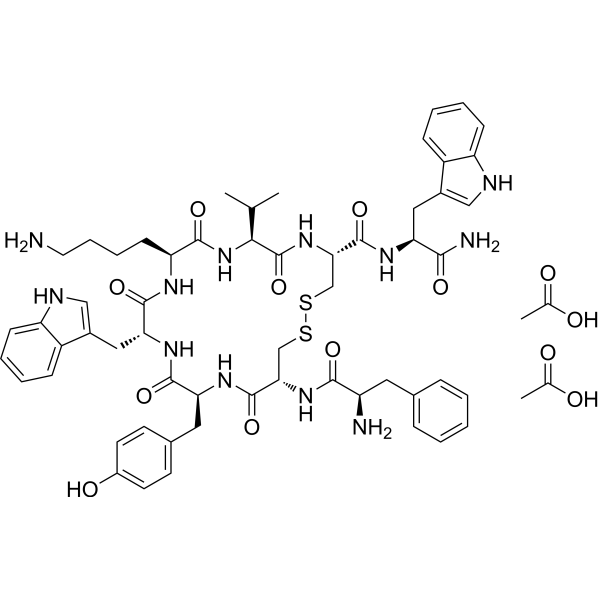

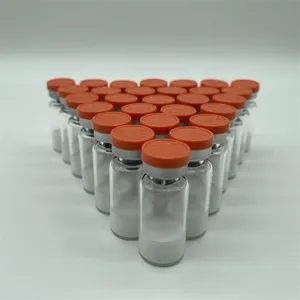
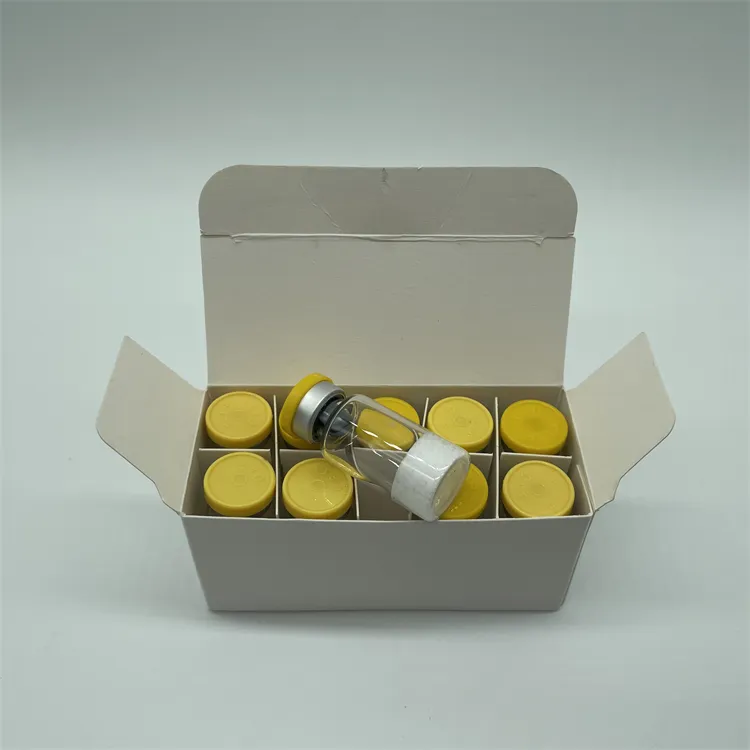
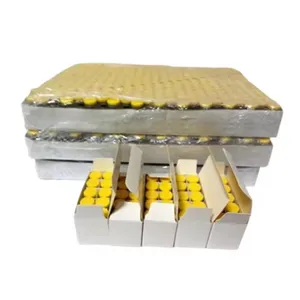
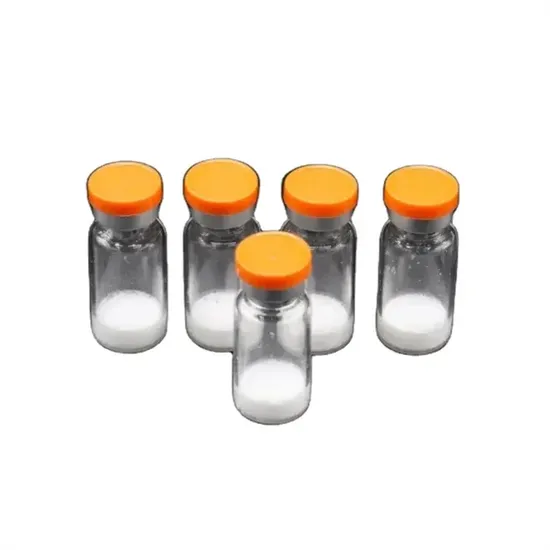
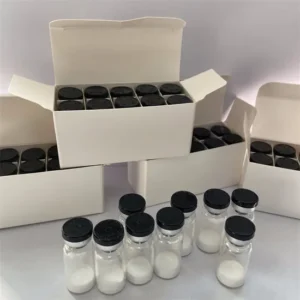
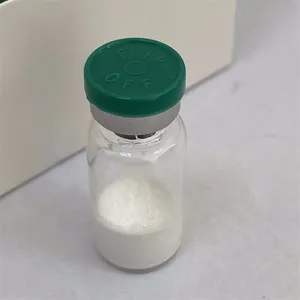
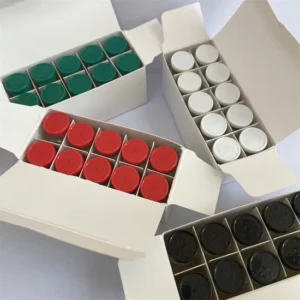

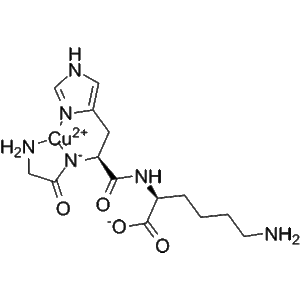
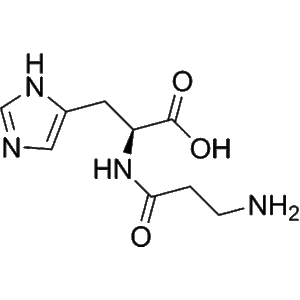
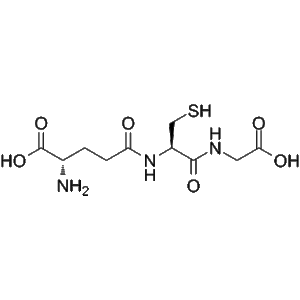
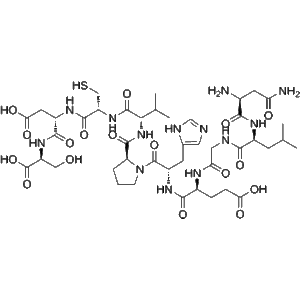
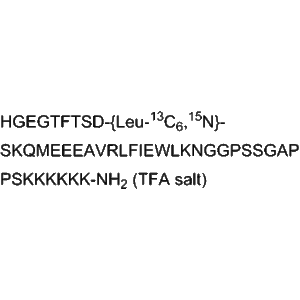
Reviews
There are no reviews yet.